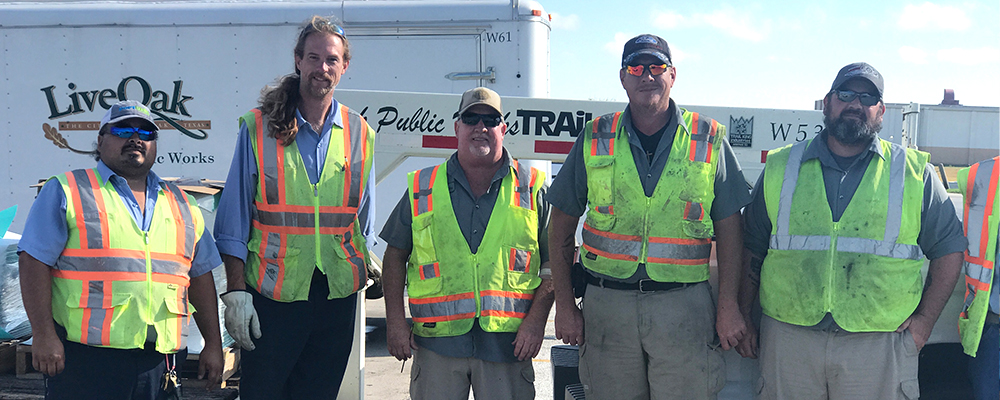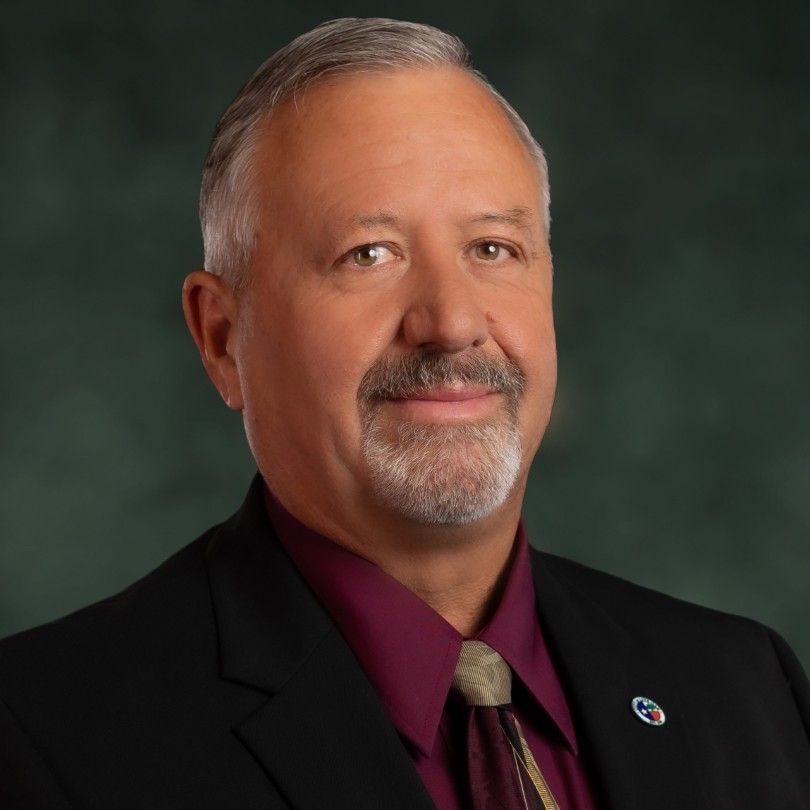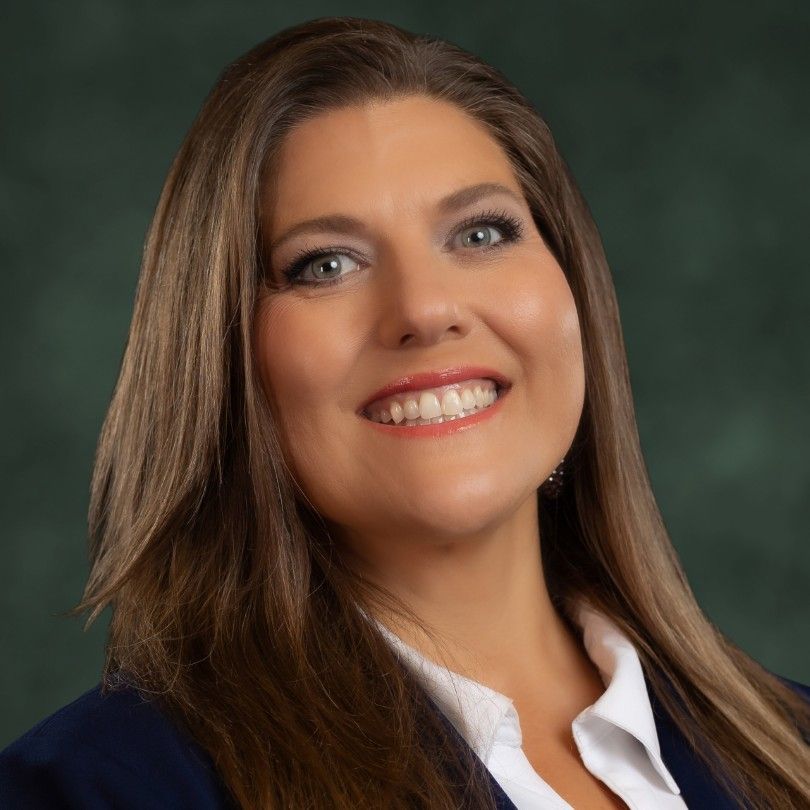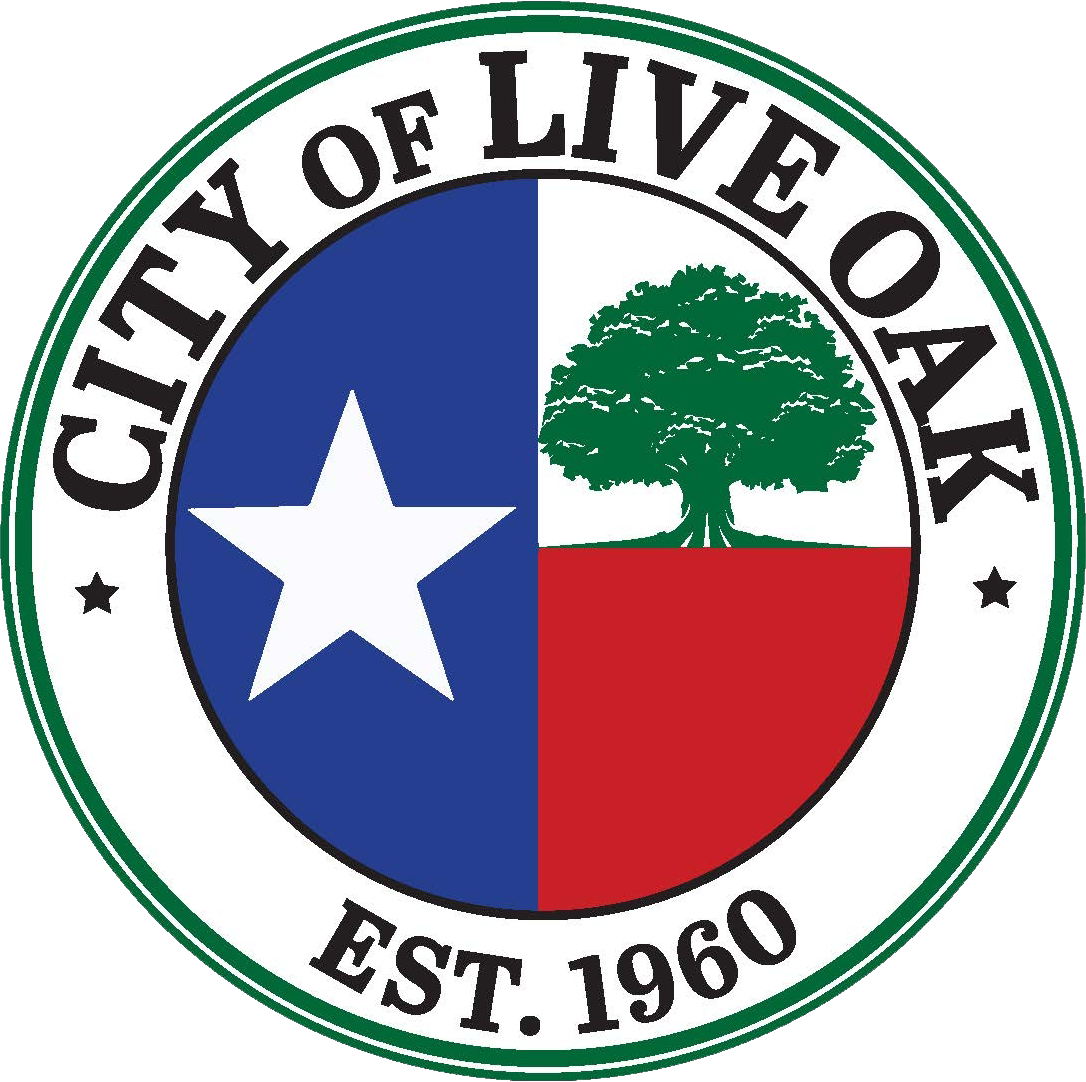Public Works
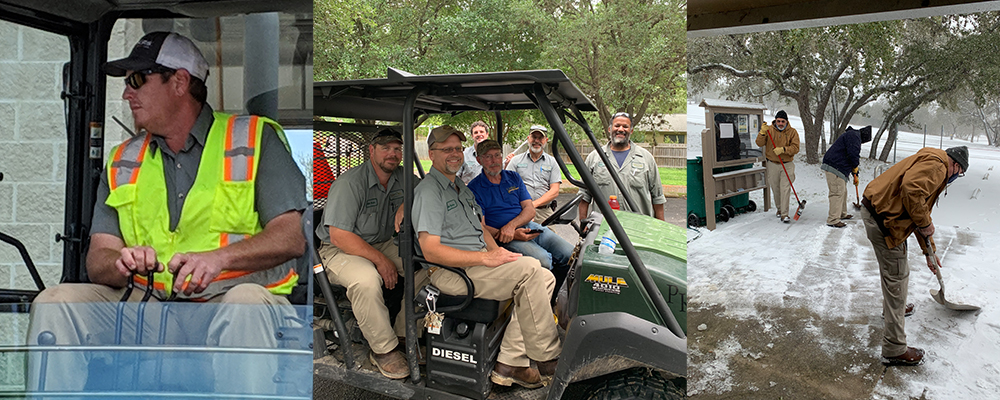
Welcome to the City of Live Oak Public Works Department. From the streets we drive on to the water we drink, the projects and staff of the Public Works Department impact every Live Oak resident, business, and visitor each day.
Public Works provides a high level of service to many areas such as streets, drainage, parks, water, sewer, and WM trash collections. In addition to providing these essential services, Public Works supports Live Oak’s many events and other departments.
The Public Works Department vows to continuously improve city residents’ quality of life through responsive, efficient, safe and effective delivery of premier services to every neighborhood and exhibiting a can-do attitude with our customers. Public Works employees accept these challenges and perform their duties with the utmost professionalism possible, making Live Oak a premier community to live, learn, work, and play.
Services
- Streets and Alleys
- Drainage
- Street Signs
- Right-of-Way Maintenance
- Parks and Facilities Maintenance
- Storm Water
- WM Trash Collections
- Fleet Maintenance of City Vehicles and Equipment
- Maintenance of City Buildings and Facilities
- Water
- Waste Water
